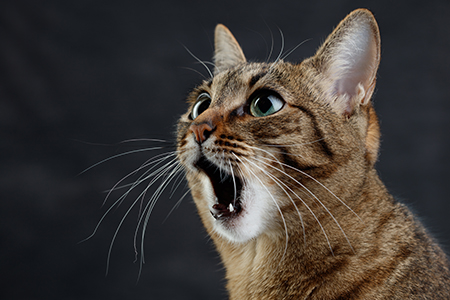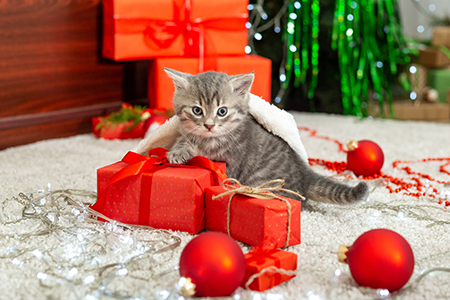 Shelter & Rescue
Shelter & Rescue  No Comments
No Comments Rescue Importation and Cat Math
We have become all too familiar with sad tales of people relinquishing their dogs due to economic and housing pressure over the last year. Dogs want to stay with their people, owners are often filled with sorrow or even shame at the choices they must make, and amid the fallout numerous shelters across the country report being filled to capacity or beyond. But what about the cats? Cats, despite being the second most popular companion animal in the United States, are an animal we have heard precious little about in recent months.
Indeed, in Vermont, humane societies and shelters aren’t reporting the same difficulties with cat relinquishments and adoptions as with dogs. And this makes sense: cats are less expensive and lower-maintenance than dogs. Cat-owning renters also face fewer hurdles when moving. It comes in handy that landlords often view cats as cleaner, quieter, more out of the way, and less of a liability than dogs. So maybe cats simply aren’t facing the same economic and housing pressures?
It’s certainly tempting (and comforting) to think so. However, smaller cat rescues in the state tell a much different tale: while it was hard for many rescues to keep cats “in stock” during 2020-21, adoptions in 2022 are way down and relinquishments are up. And at least one rescue owner is asking why some of the state’s humane societies still import cats from the southern United States while rescues and fosters are at capacity, and locals face growing wait times to surrender their own pets or strays. This isn’t an idle concern. You can argue the ethics of rescue importation until blue in the face without changing anyone’s mind, but you can’t change the math. If there isn’t enough room to house and adopt out local cats because you’re hauling in dozens of cats from out of state each month, you simply aren’t serving your community.
Resources
★ People are giving up pets. Blame inflation.
★ Higher intake, slower adoptions: Michigan animal shelters need your help



